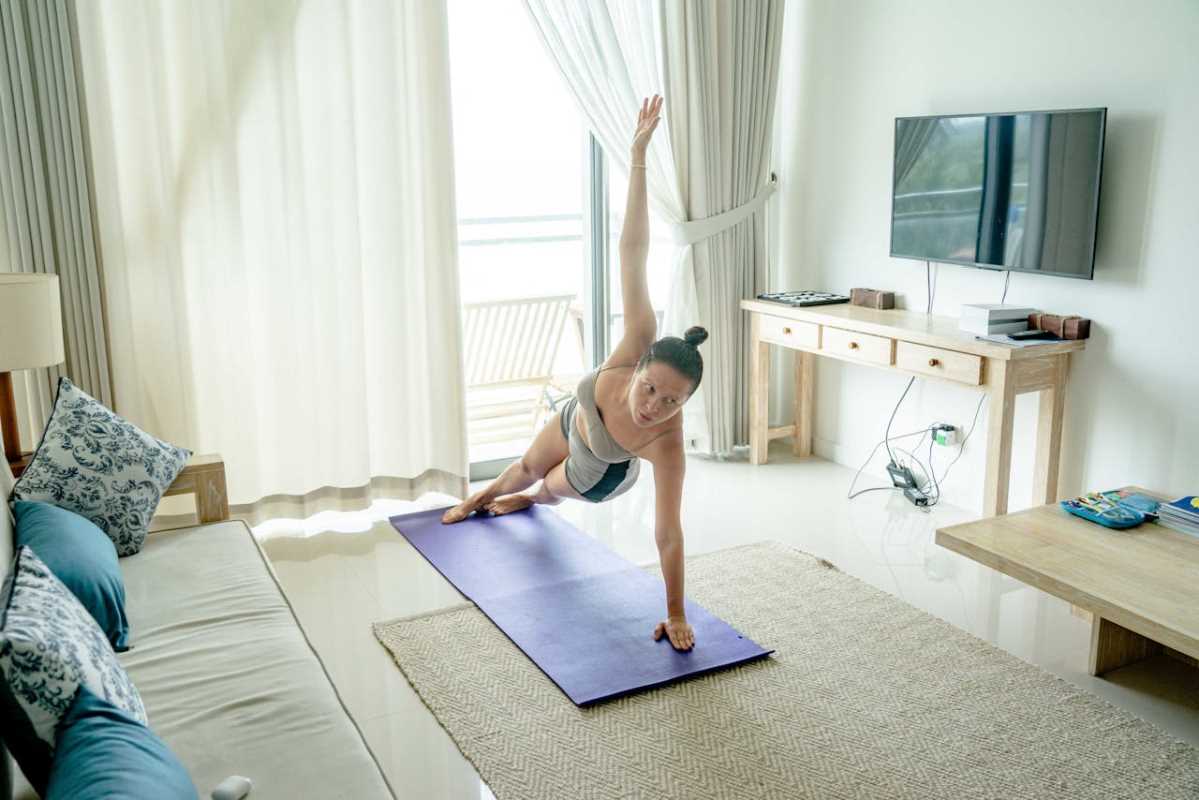Customizing your cardio workouts adds variety to your exercise routine, turning each session into an enjoyable challenge rather than a repetitive task. When you use fitness trackers, you gain valuable feedback on your daily performance and see your progress in real time. Devices like *Fitbit* or *Garmin* track your heart rate, distance, and calories burned, motivating you to push a little further each day. Watching your achievements build up inspires you to set new goals and celebrate each accomplishment along the way. With this personal touch, your fitness journey becomes more engaging and rewarding, helping you stay committed to regular exercise.
Using technology to tailor your routine lets you understand your strengths and address your weaknesses. A fitness tracker can motivate you to work smarter, help you celebrate small victories, and even remind you to catch your breath when needed.
Understanding Your Cardio Goals
Before you start using a fitness tracker, it is important to clarify what you want to achieve. Knowing your cardio goals helps you select the right features and methods to measure your progress. It also encourages you to push further and enjoy the journey of improved endurance, strength, and overall wellbeing.
Common cardio goals include a range of objectives. Think about the following points when establishing your personal targets:
- Weight loss
- Improved endurance
- Enhanced heart health
- Better energy levels
- Increased stamina
By setting clear goals, you can customize your workouts and monitor improvements more accurately. This awareness helps you adjust the intensity of your sessions to better match your objectives.
Choosing the Right Fitness Tracker Features
Selecting a fitness tracker that fits your needs ensures you have the right tools on your wrist during your workouts. A well-chosen tracker not only records how many calories you burn but also provides insights into your heart rate, pace, and even sleep patterns after a long session. Keeping these details in mind can guide your decision-making process.
Check these important features when looking for your ideal fitness tracking device:
- Heart rate monitoring: Look for real-time feedback to help you stay within your desired training zones.
- GPS tracking: Useful for measuring your pace and distances on outdoor runs or walks.
- Step count and calories burned: Gives you a daily snapshot of your activity levels.
- Battery life: Make sure the tracker can last long enough to avoid frequent recharging during busy weeks.
- Water resistance: Essential if you plan to wear it during swim workouts or in rainy weather.
A good tracker should combine several of these features and others that suit your personal routine. This way, you know your workout is being monitored with a range of tools that keep you informed and motivated.
Setting Up for Success: Customizing Your Device
Starting your tracker correctly sets the stage for reaching your cardio goals. The initial setup should feel quick and straightforward. Spend some time exploring different options within the settings menu to customize the experience to your routine. This can include setting realistic targets and alarms that remind you to take a break or push a little harder during a run.
Customizing your device also involves syncing it with any apps or devices you already use. Adding personal details, such as your weight, height, and workout preferences, helps ensure that the feedback you receive is accurate. Many fitness trackers let you connect with friends and share progress, adding a fun, competitive element to your sessions.
Tracking Progress and Staying Motivated
Keeping your motivation high becomes easier when you keep a clear record of your achievements. Fitness trackers help by displaying trends over time, showing improvements in stamina or alerting you to potential overexertion. Seeing incremental gains can boost your determination to continue.
Follow these simple tips to stay engaged with your cardio routine:
- Set small, achievable targets, such as an extra five minutes of running or a slightly faster pace.
- Review your weekly statistics to track how consistent your efforts have been.
- Vary your routine based on the feedback your tracker provides.
- Celebrate milestones, even small ones, with a treat or a rest day.
These actions help turn data into motivation and prevent boredom over time.
Using Advanced Tools to Personalize Your Experience
Modern fitness trackers offer more than just step counts. They provide advanced information like recovery time estimates, stress levels, and sleep quality. Devices like the *Fitbit* or *Garmin* models use sophisticated sensors to give you a deeper understanding of your workload and recovery. Exploring these metrics can help you adjust your cardio sessions accordingly.
Reviewing the data your device provides can change the way you approach your workouts. It turns routines into personal experiments where you modify your efforts based on real feedback. A little curiosity combined with regular progress checks can make your cardio sessions more exciting and less repetitive.
When you see your activity data as a helpful guide rather than a strict measure of success, it becomes a friendly partner on your journey to better fitness. Customize your notifications and reminders so your tracker supports you without distracting you from your workout.
Your cardio journey becomes more engaging with every change you make. With a few adjustments based on your tracker’s insights, you might enjoy the process more than ever.
Small changes in your approach can bring significant long-term improvements.
 (Image via
(Image via





